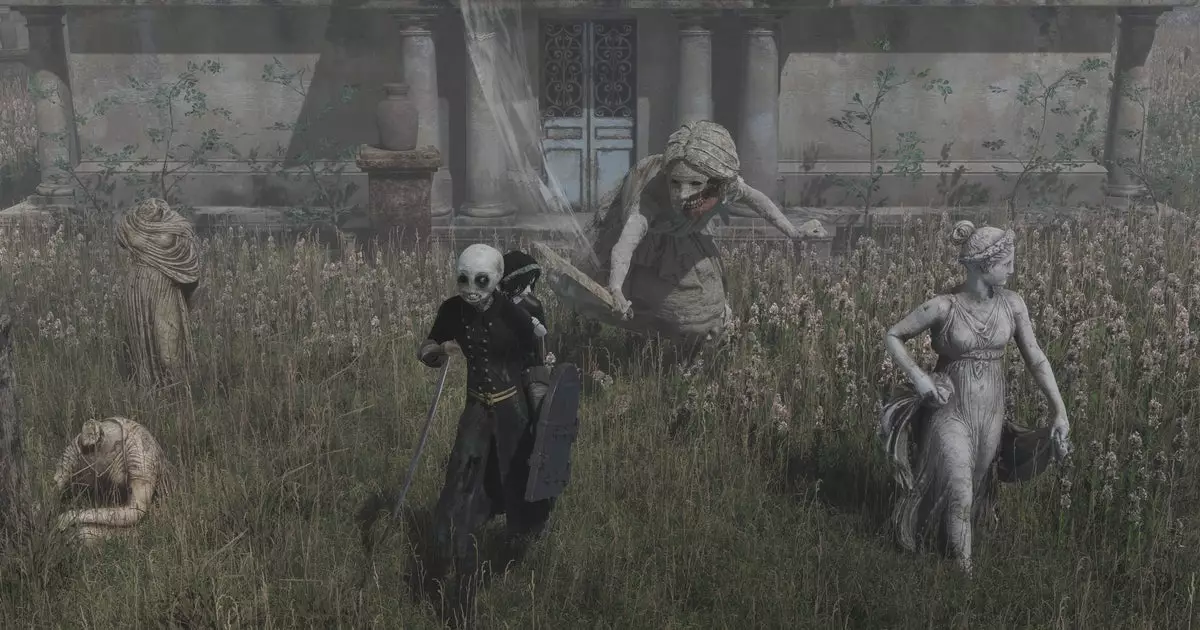Withering Realms emerges as a promising sequel to its predecessor, Withering Rooms, combining the eerie atmospheres of action-RPGs with tantalizing Metroidvania elements. Set against the backdrop of the unsettling year of 1926—where history intertwines with supernatural elements—players are introduced to a gripping narrative that revolves around Clover, a ghost navigating her existence through a unique doll. This innovative approach breathes fresh life into the genre while offering a darker, more immersive gameplay experience.
The narrative framework of Withering Realms is intriguing. It diverges from the confined spaces of the original game, allowing players to roam the expansive town of Penwyll, complete with its shadowy graveyards, cavernous tombs, and dilapidated estates. This shift provides a significant evolution in level design, allowing players to engage with the world on a full 3D plane, which enhances exploration and interaction. However, it’s worth noting that while the historical and occult elements create a compelling backdrop, the reliance on familiar tropes—such as wandering spirits and eerie houses—may leave some players longing for more originality in narrative depth.
Withering Realms excels in its combat mechanics, redefined through the gameplay of Clover and her customizable combat doll. Players can outfit the doll with an array of weaponry, including a “pivoting greatsword” and a “chain rock,” which emphasizes tactical combat choices. This customization aspect is crucial, as it not only enhances strategic engagement but also mirrors a growing trend in RPGs that prioritize player agency. Moreover, the concept of combat shifting significantly depending on time (day vs. night) further adds layers of complexity and excitement, allowing for varied encounters and challenges.
Furthermore, the prospect of expanding the world map by conquering colossal perimeter guardians introduces a compelling progression mechanic. The ability to revisit areas for new horrors at night creates an engaging loop that not only pushes players to explore but also amplifies the game’s replayability. However, the overall challenge will be in ensuring these features provide a satisfying experience rather than feeling like a gated mechanic that stifles exploration. As the game draws nearer to its slated release in Q4 2025, players will be eager to see how these promises unfold in practice.
Although Withering Realms is poised to build upon the compelling gameplay of Withering Rooms, it remains critical for the developers to strike a balance between implementing beloved mechanics and introducing fresh ideas. The success of this title may hinge on its capacity to not only deliver thrilling gameplay but also create a rich narrative that resonates with players. As excitement builds around the release, fans of the genre eagerly await what promises to be a hauntingly captivating journey through a world steeped in darkness and magic.


Leave a Reply